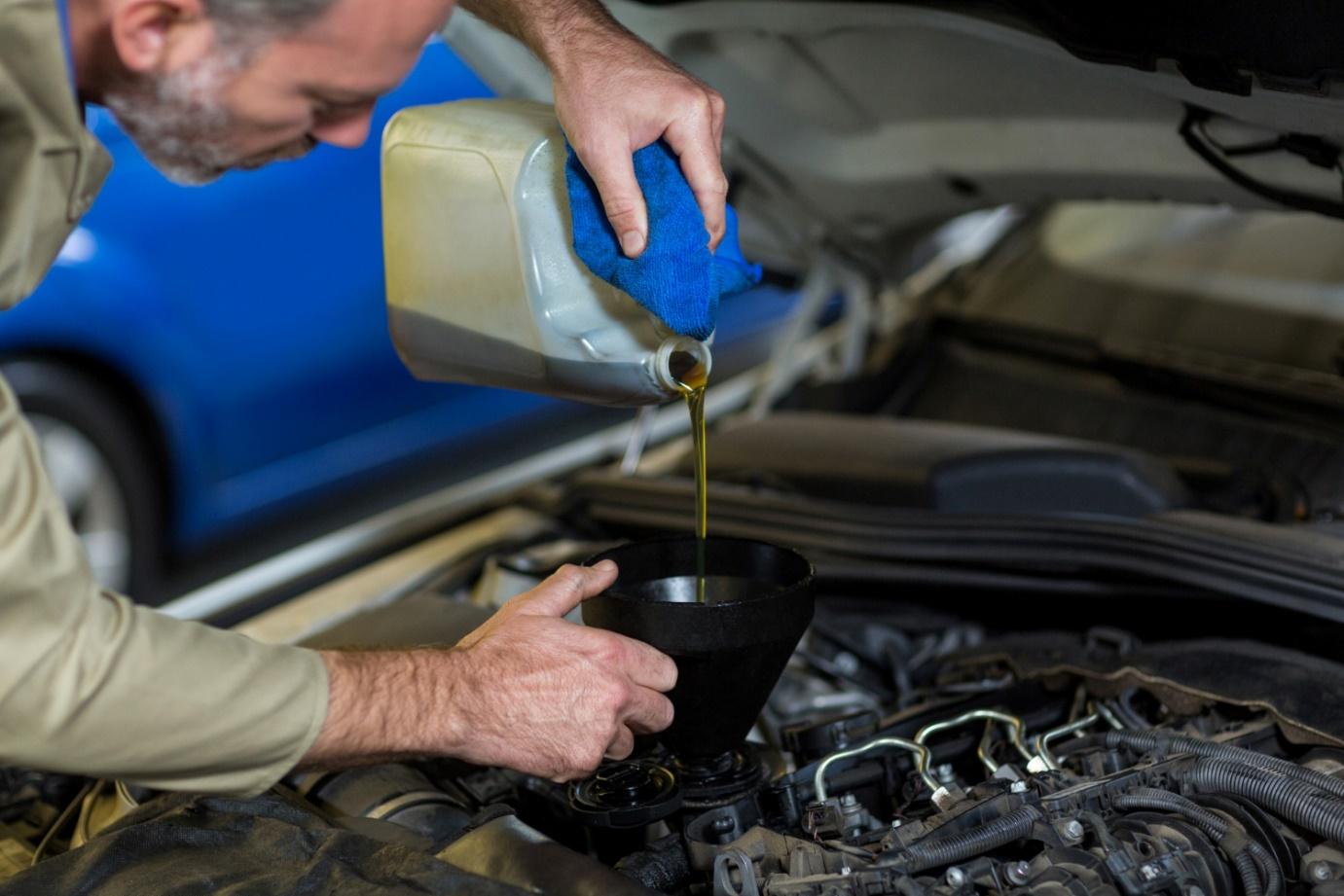Diesel engines are known for their robustness, torque, and superior fuel economy. However, like all mechanical systems, they are not immune to wear and tear over time. Whether it’s reduced performance or visible exhaust emissions, recognizing early signs of diesel engine problems can save you from major repairs and downtime.
What Are Common Diesel Engine Problems?
Even with regular maintenance, several issues can arise in diesel engines:
1. Difficult Starts or No Ignition
Struggling to start or failure to ignite often stems from worn glow plugs, low cylinder compression, or fuel delivery interruptions. These problems are especially noticeable in colder climates.
2. Loss of Power and Acceleration
When a diesel engine lacks its usual power, the cause is often clogged fuel or air filters, a malfunctioning turbocharger, or degraded fuel injectors.
3. Abnormal Exhaust Smoke
The appearance and color of smoke can offer clear clues:
- Black smoke usually means too much fuel or insufficient air, often due to a restricted air filter or fuel system fault.
- Blue smoke is typically a sign of oil entering the combustion chamber and burning along with the fuel.
- White smoke, which is the main focus here, suggests unburnt fuel or a coolant leak and should not be ignored.
4. Fuel Quality and System Contamination
Dirt, moisture, or other contaminants in the diesel fuel can severely affect engine performance. Keeping the fuel clean and using high-quality filters is key to protecting internal components like the injectors and pump.
Diesel White Smoke: What It Means and How to Interpret It:
One of the most visible diesel engine problems is persistent white smoke from the exhaust. While it’s common during cold starts, ongoing white smoke indicates deeper issues.
Causes of White Smoke
- Poor Combustion Efficiency: When the engine fails to burn fuel completely—often due to low combustion temperature—it produces white exhaust. This can be caused by damaged glow plugs or faulty injection timing.
- Coolant Entering the Cylinders: A cracked cylinder head or blown head gasket can allow coolant to seep into the combustion chamber, resulting in thick white vapor that smells sweet. This is often accompanied by overheating and coolant loss.
- Injector Issues: If diesel injectors are worn or blocked, they won’t deliver the right amount of fuel or atomize it properly. This results in unburned fuel exiting through the exhaust as white smoke. Such injector faults can also cause erratic engine performance and lower fuel efficiency.
- Low Compression: Engine parts like piston rings or valves may wear over time, reducing compression. Inadequate pressure in the combustion chamber can also result in incomplete fuel ignition and visible white emissions.
Diagnosing Diesel White Smoke:
To resolve the issue, it’s essential to pinpoint the root cause through careful inspection and testing.
- Evaluate Glow Plug Functionality: Weak glow plugs often cause poor cold starts. Use a multimeter to verify voltage and check resistance across the plugs.
- Examine Injector Performance: Look for visual signs of leaks, improper spray pattern, or carbon buildup. Malfunctioning injectors may spray too much or too little fuel, upsetting combustion balance.
- Conduct a Compression Test: Testing compression in each cylinder can help detect internal wear or sealing issues. Cylinders with abnormally low readings likely indicate gasket failure or worn rings.
- Monitor Coolant Levels: A gradual drop in coolant without visible leaks may suggest internal coolant intrusion, commonly due to gasket or head issues.
- Check Engine Electronics: Modern diesel engines include advanced diagnostic systems. Use onboard diagnostics (OBD) to retrieve error codes related to combustion, sensors, or fuel delivery.
Essential Maintenance Tips to Prevent Diesel Engine Issues:
Preventive care goes a long way in keeping your engine healthy:
- Avoid using regular motor oil in diesel engines. These engines operate under higher pressure and temperature, and they need specially formulated oils that can handle soot and combustion residue effectively.
- Keep injectors clean by using quality diesel fuel and replacing filters at recommended intervals.
- Regularly inspect glow plugs, wiring, and connectors. Ensure all connectors are clean, secure, and free of corrosion or dirt.
- Protect sensitive engine parts from damage during cleaning—avoid using hot water, as it can deform plastic or rubber components.
- Store your vehicle properly and ensure the fuel system stays free of water and dirt to avoid contamination.
Why White Smoke Should Never Be Ignored:
Persistent white smoke is a symptom of incomplete combustion, fuel delivery errors, or possible coolant leakage into the engine. Left untreated, these issues can escalate into major repairs, including head gasket replacement, injector overhaul, or full engine rebuild. It also affects engine emissions and could lead to failing regulatory compliance tests.
Driving with continuous white smoke may not only worsen the internal problem but can also create safety hazards or cause your vehicle to lose efficiency.
Conclusion:
While diesel engine problems can develop from regular use and age, staying alert to symptoms like diesel white smoke can help you intervene before the damage becomes irreversible. Diesel engines are built to last, but they require attentive care. Diagnosing the root cause of visible smoke, irregular engine behavior, or fuel inefficiency is crucial to maintaining long-term performance.
Regular inspections, proper fuel practices, and working with experienced technicians help ensure your engine operates smoothly and reliably. Whether it’s identifying a weak injector or correcting compression issues, acting promptly can extend your diesel engine’s life and keep it working as intended.
Frequently Asked Questions (FAQs):
1. What does white smoke from a diesel engine indicate?
It often points to unburnt fuel or coolant entering the combustion chamber due to issues like faulty glow plugs, poor injector performance, or a leaking head gasket.
2. Can I use regular motor oil in a diesel engine?
No. Diesel engines require oils specifically formulated to manage higher pressure, temperatures, and soot levels.
3. Is it safe to drive with white smoke coming from the exhaust?
It’s not advisable. Ongoing white smoke may indicate serious internal problems such as coolant leaks or fuel system malfunction, which can worsen with continued use.
4. What causes blue smoke in diesel engines?
Blue smoke typically means the engine is burning oil, often due to worn valve seals or piston rings.
5. How can faulty injectors cause white smoke?
If injectors deliver too much or too little fuel, the combustion process becomes inefficient. This may cause visible white exhaust, as well as reduced engine performance.
6. How do you check glow plug functionality?
A multimeter can be used to check the resistance and voltage across glow plugs, helping identify if one is underperforming.
7. What’s involved in a compression test?
A compression tester is inserted into the cylinder. Low pressure readings typically indicate worn rings, leaking valves, or head gasket issues.
8. Why is hot water not recommended when cleaning engine parts?
Hot water can distort plastic or rubber components, including seals or delicate parts like injector sleeves. Always use lukewarm water for cleaning.





